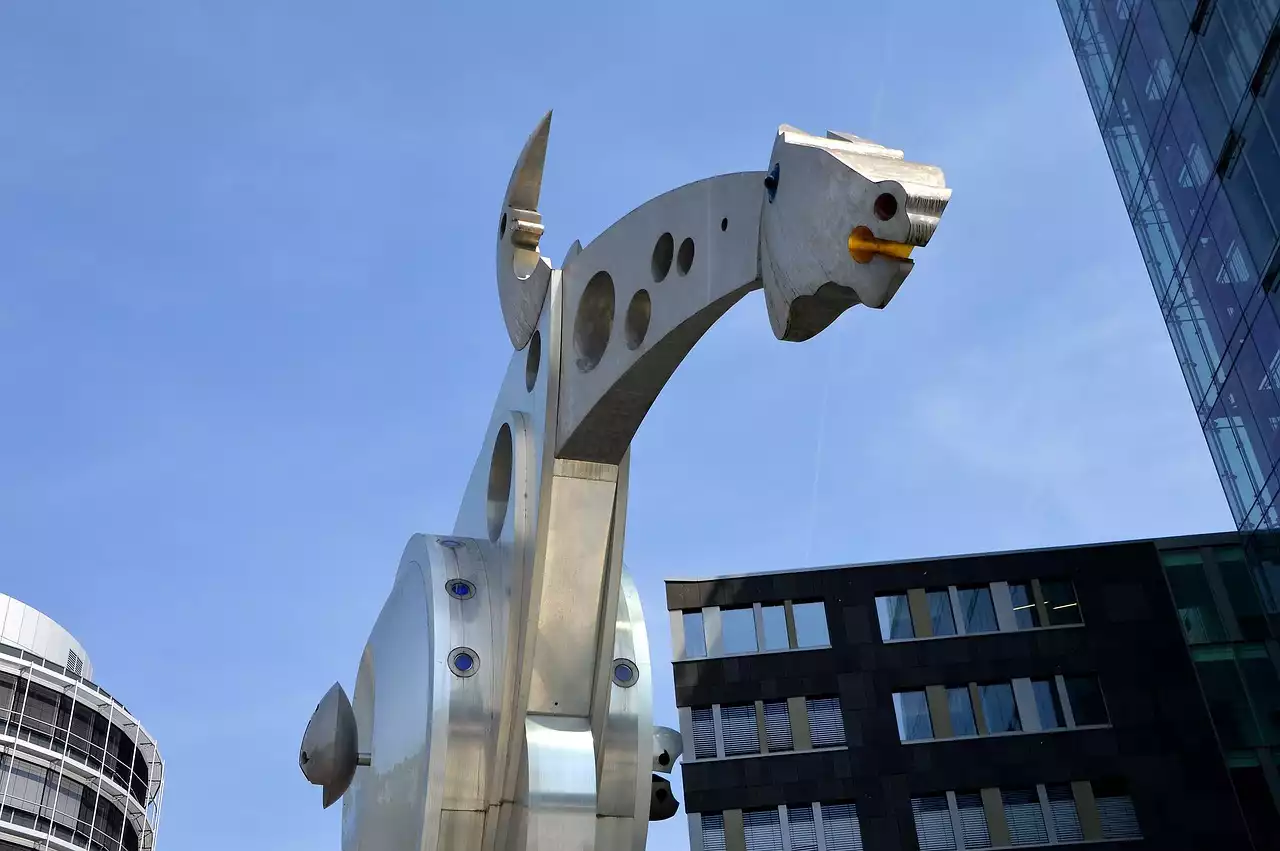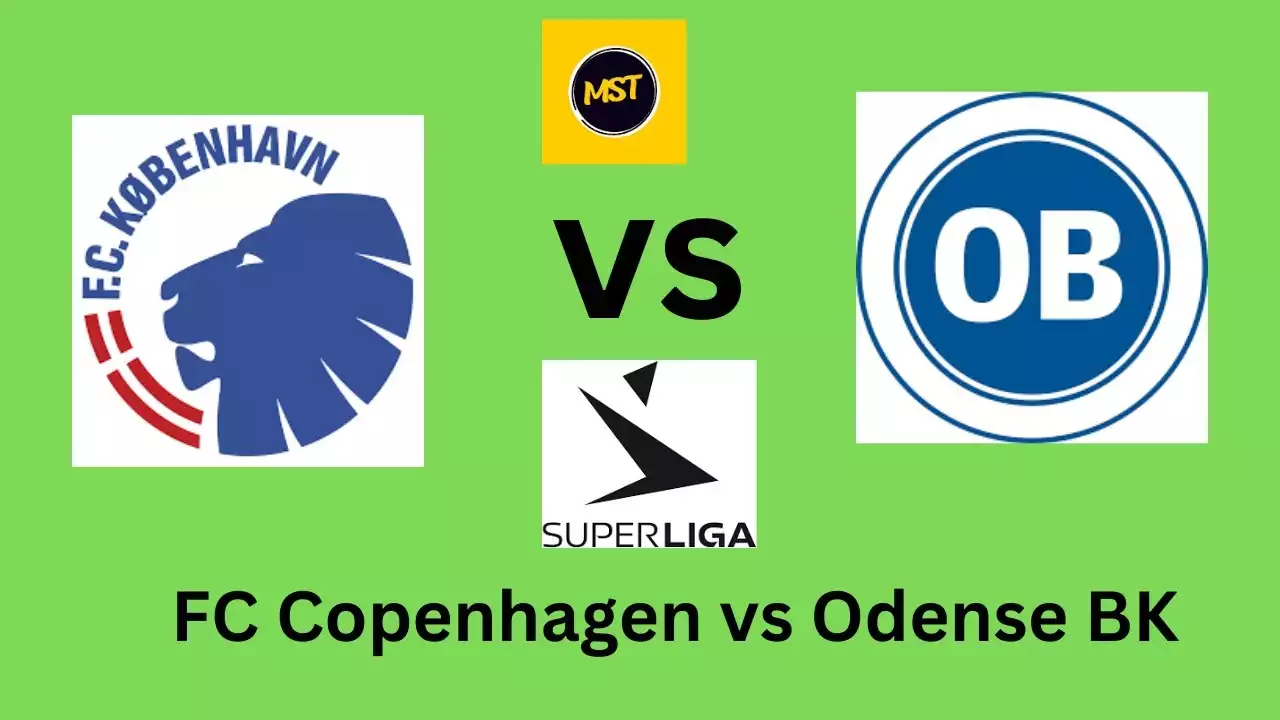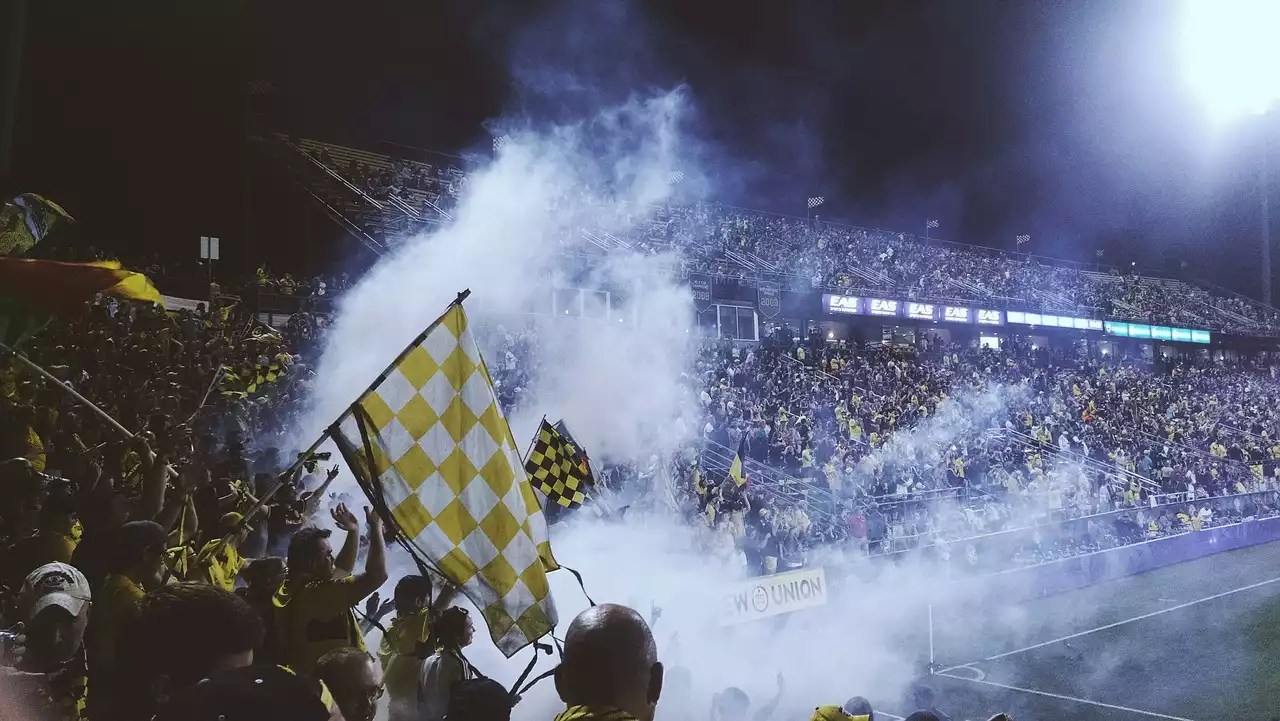The History and Significance of Local Derbies in Danish Football
Local derbies hold a special place in the hearts of Danish football fans. These matches not only showcase the talent and skill of the teams involved but also bring together communities and ignite a sense of pride and camaraderie. The rivalries between clubs often have deep historical roots, stemming from geographical proximity or cultural differences. These local derbies have become an integral part of Danish football culture, attracting passionate fans and creating an electric atmosphere on match days.
A Look at the Top 3 Local Derbies in Danish Football
Derby 1: Aarhus vs. Randers
One of the most historic and fiercely contested local derbies in Danish football is the clash between Aarhus GF and Randers FC, known as the "East Jutland Derby." These two clubs, both based in the Jutland region, have a long-standing rivalry that dates back to the early years of Danish football. The matches between Aarhus GF and Randers FC are often closely contested and have provided some unforgettable moments in Danish football history.
The East Jutland Derby is a battle for regional supremacy, with bragging rights and local pride at stake. The fans of both clubs are known for their passionate support and create an electric atmosphere inside the stadiums. The matches between Aarhus GF and Randers FC are characterized by intense battles on the pitch, with players giving their all to secure victory for their respective teams. This local derby is a must-watch for any Danish football fan.
Derby 2: Copenhagen vs. Brondby
The rivalry between FC Copenhagen and Brøndby IF is undoubtedly one of the most intense and highly anticipated local derbies in Danish football. Known as the "New Firm," this rivalry dates back to 1992 and has since become one of the fiercest in Danish football history. Matches between these two teams are not only about football; they are about the clash of two cultures and the battle for supremacy in the Danish capital.
The Copenhagen-Brøndby derby is known for its electric atmosphere and fierce battles on the pitch. The players give their all, leaving nothing behind, as they fight for victory. The fans of both clubs are known for their passionate support, creating an intense and vibrant atmosphere inside the stadiums. The rivalry between FC Copenhagen and Brøndby IF is a true spectacle of Danish football and never fails to deliver excitement.
Derby 3: Odense vs. Aalborg
Another local derby that deserves recognition is the intense rivalry between Odense Boldklub (OB) and Aalborg Boldspilklub (AaB). Known as the "East Jutland Derby," this fixture is a battleground between two of the top clubs from the Jutland region. Matches between OB and AaB are always highly anticipated, with both teams having a rich history and passionate fan bases.
The East Jutland Derby is a clash of two proud footballing cities, each with its own unique identity and footballing traditions. The matches between OB and AaB are characterized by fierce battles on the pitch, with players giving their all to secure bragging rights for their respective clubs. The fans play a crucial role in creating an electric atmosphere, supporting their teams with unwavering passion and loyalty.
Key Moments and Famous Matches in These Local Derbies
Throughout the years, the top three local derbies in Danish football have produced some thrilling encounters and memorable moments. These matches have seen last-minute winners, stunning comebacks, and intense battles on the pitch. Let's take a closer look at some of the key moments and famous matches in these local derbies.
In the East Jutland Derby between Aarhus GF and Randers FC, one of the most memorable matches took place in 2008. Aarhus GF was trailing by two goals until the 75th minute when they mounted an impressive comeback, scoring three goals in the last 15 minutes to secure a 3-2 victory. The match showcased the never-say-die spirit of Aarhus GF and left fans on the edge of their seats until the final whistle.
The Copenhagen-Brøndby derby has also produced its fair share of memorable moments. One of the most iconic matches in this rivalry took place in 2006 when Brøndby IF secured a 2-1 victory over FC Copenhagen in the Danish Cup final. The match was a classic battle between two giants of Danish football and showcased the intense rivalry between these two clubs.
In the East Jutland Derby between OB and AaB, a memorable match occurred in 2010. AaB was leading 2-0 until the 85th minute when OB staged a remarkable comeback, scoring three goals in the final five minutes to win the match 3-2. The comeback victory showcased the never-give-up attitude of OB and left fans in awe of their team's fighting spirit.
The Impact of Local Derbies on Danish Football Culture
Local derbies have a significant impact on Danish football culture. These matches bring communities together, create a sense of belonging, and ignite a passion for the sport. The rivalries between clubs not only add excitement to the league but also generate revenue through increased ticket sales, merchandise, and sponsorship deals.
Local derbies also have a profound influence on the development of young players. The intense atmosphere and competitive nature of these matches provide a unique learning experience for aspiring footballers. They learn to handle pressure, perform under intense scrutiny, and showcase their skills in high-stakes situations.
The Role of Social Media and Fan Engagement in Local Derbies
In the digital age, social media and fan engagement play a crucial role in local derbies. Fans use various platforms to express their support for their teams, share their experiences, and engage in friendly banter with rival supporters. Social media has made it easier for fans to connect, regardless of their geographical location, and has amplified the excitement and anticipation surrounding local derbies.
Clubs also utilize social media to keep fans informed about upcoming fixtures, ticket sales, and pre-match activities. They leverage the power of social media to build anticipation, generate hype, and create a sense of community among their supporters. Social media has become an integral part of local derbies, allowing fans to stay connected and engaged with their favorite teams.










